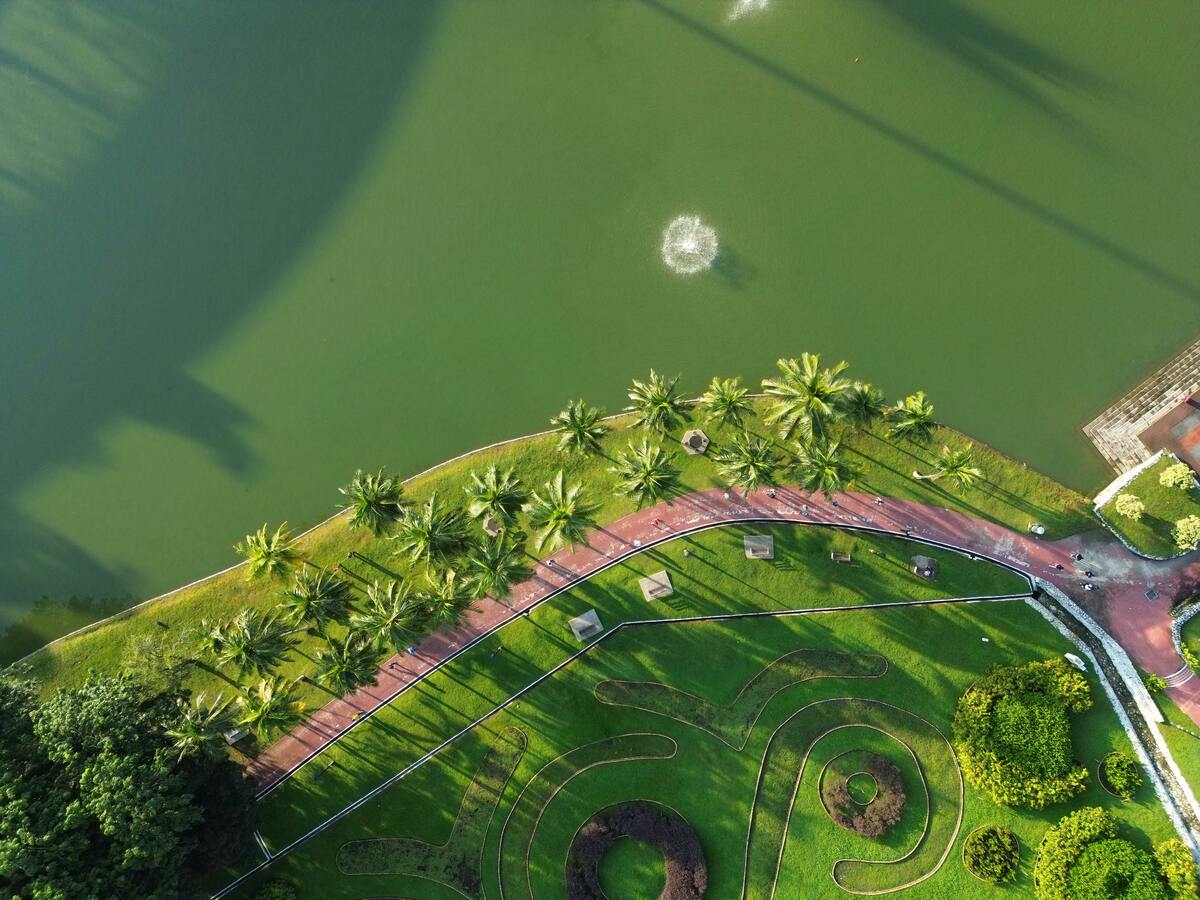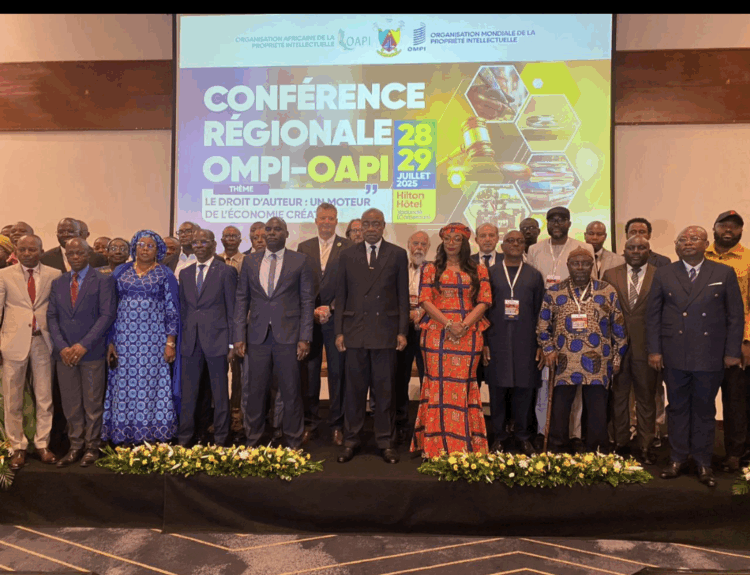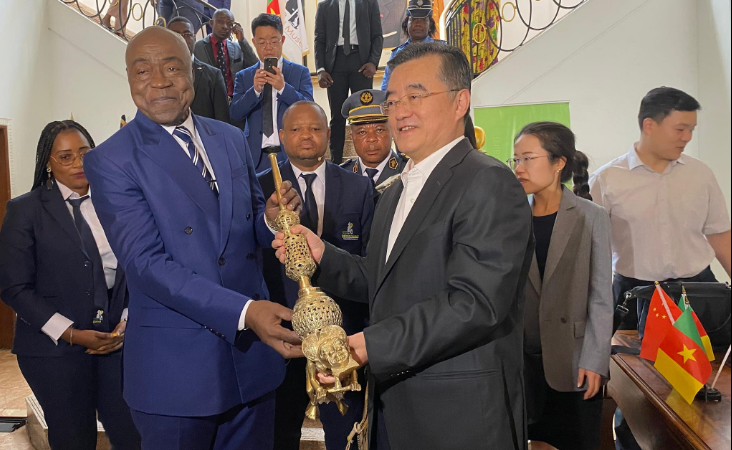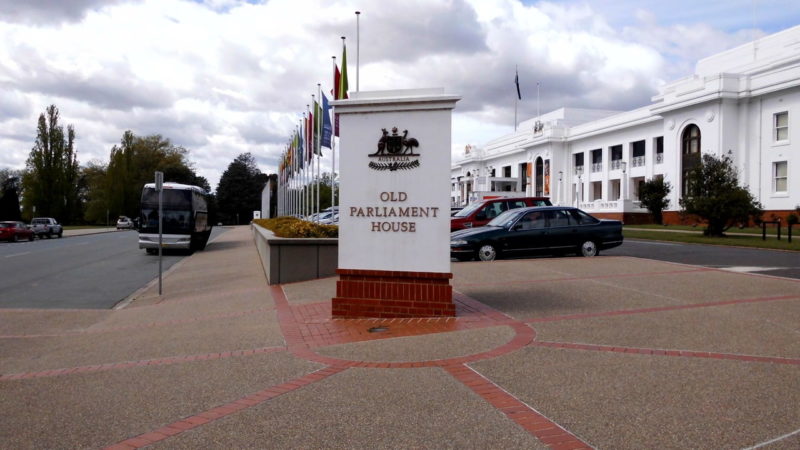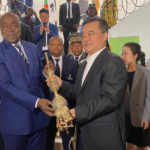Introduction
The world of business travel is undergoing a major transformation, driven by rapid advancements in technology and changing workplace dynamics. As remote work and global collaborations become more common, the demand for more efficient, flexible, and innovative travel solutions is higher than ever. This article explores how cutting-edge technologies are revolutionizing the way professionals conduct business while on the move, creating new opportunities and challenges in the travel industry.
The Rise of Remote Work and Its Impact on Business Travel
The COVID-19 pandemic accelerated the shift to remote work, with many companies now embracing hybrid or fully remote models. As a result, traditional business travel is evolving.
Companies are seeking alternatives to frequent in-person meetings, and many have adopted video conferencing tools like Zoom and Microsoft Teams. However, as borders reopen, there’s still a strong demand for face-to-face interactions, particularly for relationship building and high-stakes negotiations.
The Role of Artificial Intelligence in Business Travel
Artificial Intelligence (AI) is playing a significant role in streamlining the travel experience for business professionals. AI-powered apps like TripActions and Lola.com help travelers book flights, accommodation, and transportation, optimizing routes and costs based on individual preferences and business policies. Chatbots and virtual assistants also enhance customer service by providing real-time support and managing itineraries.
Moreover, AI is improving travel security. Advanced facial recognition technologies are speeding up airport check-ins and boarding processes, while predictive algorithms help airlines and hotels forecast demand, reduce overbooking, and enhance the overall customer experience.
Virtual and Augmented Reality: Redefining Business Meetings
- One of the most exciting innovations in the business travel space is the rise of Virtual Reality (VR) and Augmented Reality (AR).
- These technologies are transforming how business meetings are conducted.
- While video conferencing has become the norm, VR and AR take it a step further by offering immersive virtual meetings that make participants feel as though they are in the same room, regardless of their physical location.
Companies like Spatial and Oculus are developing tools that allow teams to collaborate in a shared virtual environment, reducing the need for frequent travel. While these technologies won’t fully replace in-person interactions, they offer a cost-effective solution for certain types of meetings.
Sustainable Travel: Innovations in Reducing Carbon Footprints
Sustainability is becoming a key concern for both companies and employees. The travel industry is under increasing pressure to reduce its environmental impact, and business travelers are now looking for more eco-friendly options. Innovations such as carbon offset programs, electric aircraft, and alternative fuels are gaining traction in the effort to reduce the carbon footprint of business travel.
In response, companies are incorporating sustainability into their travel policies. Apps like Thrust Carbon calculate the environmental impact of flights and help organizations make greener travel choices, such as opting for direct flights, using eco-friendly transportation, or staying at green-certified hotels.
The Future of Business Travel: Autonomous Vehicles and Hyperloop
Looking ahead, the future of business travel could be shaped by revolutionary technologies like autonomous vehicles and the Hyperloop. Autonomous cars promise to make road travel more efficient and productive, as professionals will be able to focus on work rather than driving. Companies like Tesla, Waymo, and Uber are investing heavily in self-driving technology, which could dramatically change the way we travel for business.
Meanwhile, the Hyperloop—a proposed high-speed transportation system that uses vacuum tubes to transport passengers at speeds of up to 760 miles per hour—could drastically reduce travel times between major business hubs. If realized, this technology could make it possible to travel between cities like Los Angeles and San Francisco in under 30 minutes, making long-distance business travel more accessible and efficient.
Conclusion
Technology is transforming every aspect of business travel, from how we plan trips to how we conduct meetings on the go. With AI, VR, and sustainability initiatives leading the way, the future of business travel is set to become more efficient, flexible, and environmentally friendly. As these innovations continue to evolve, companies must adapt to the changing landscape, finding ways to leverage technology to enhance productivity and reduce costs without compromising the quality of human interaction.



